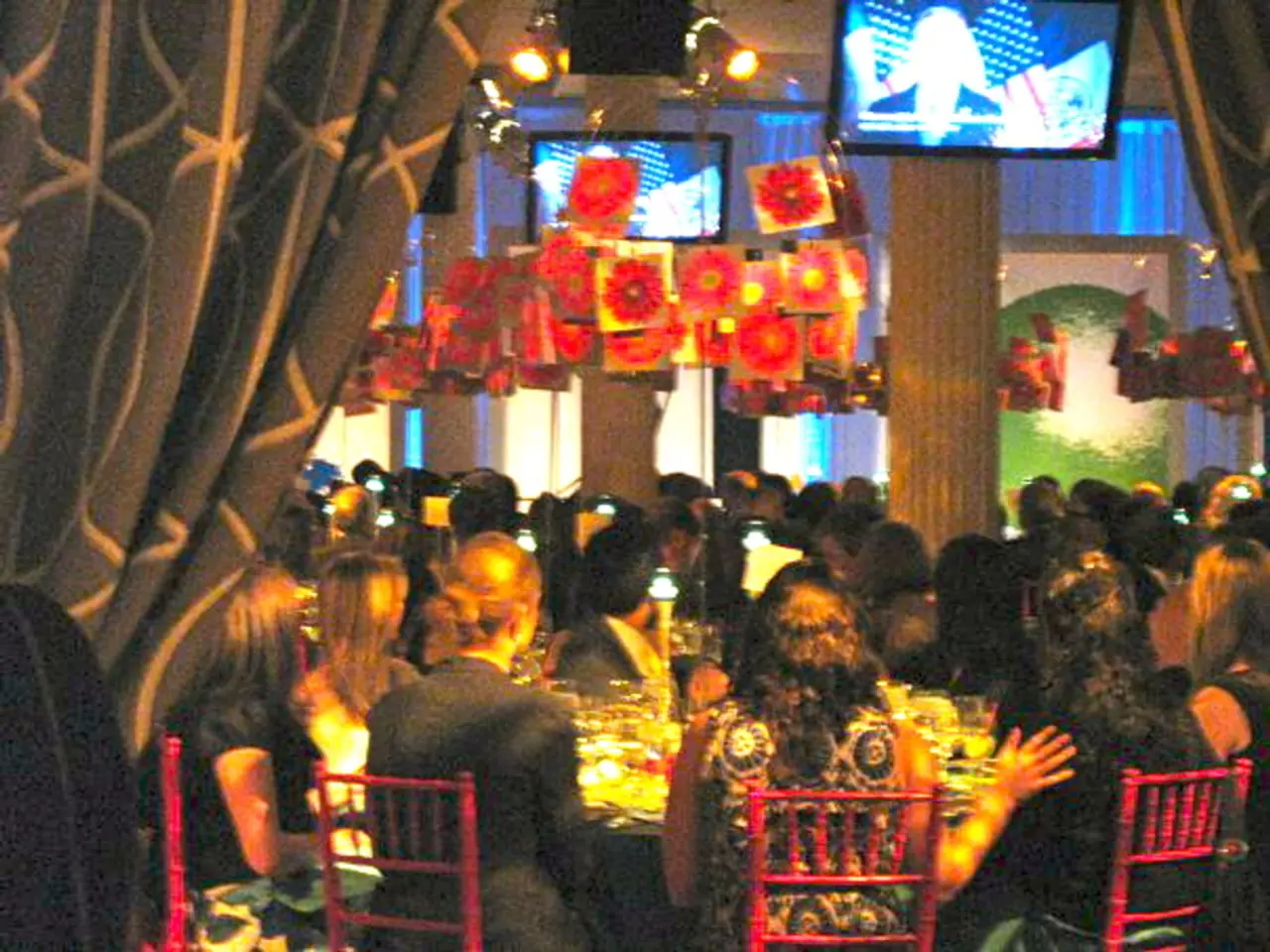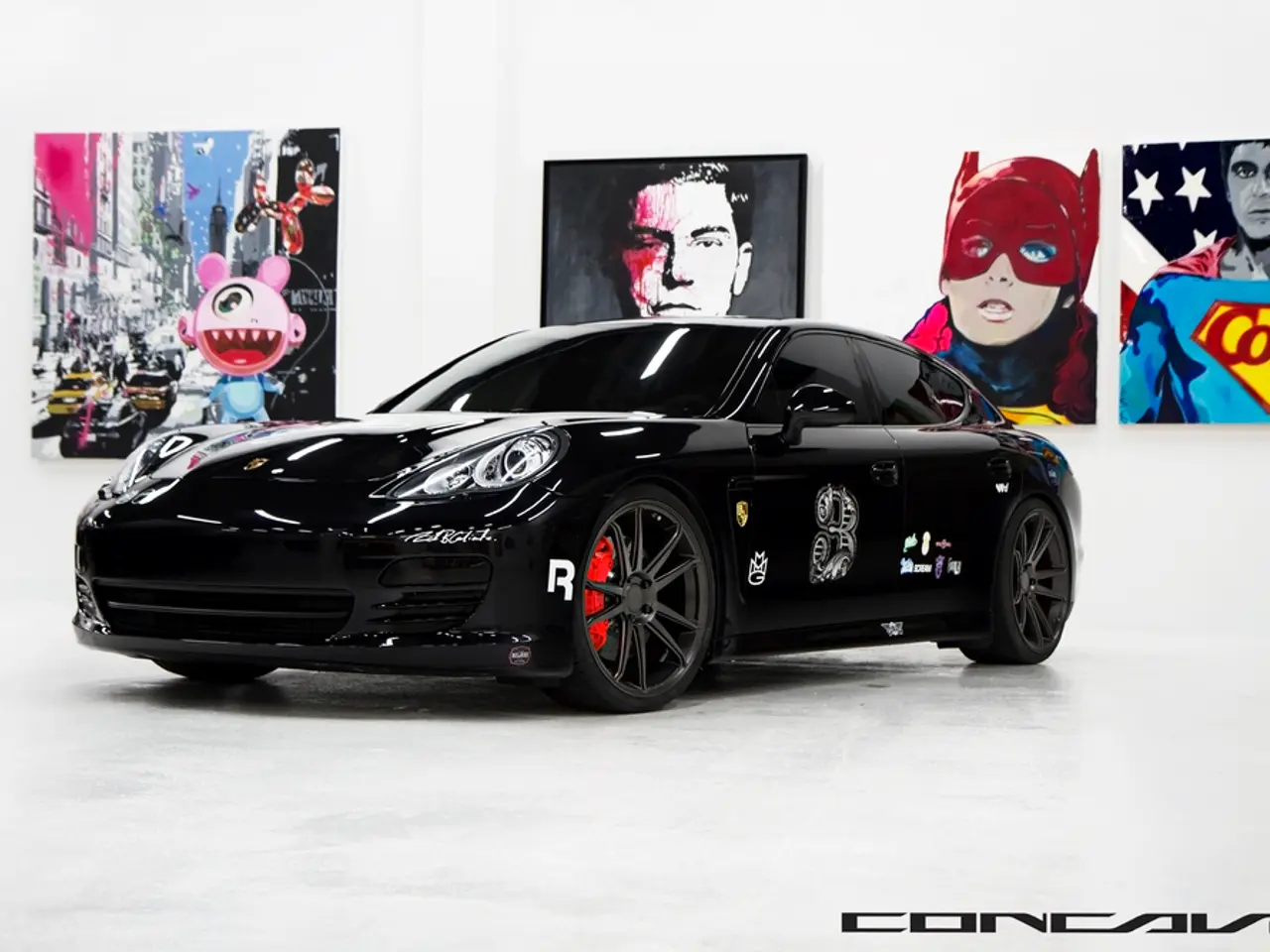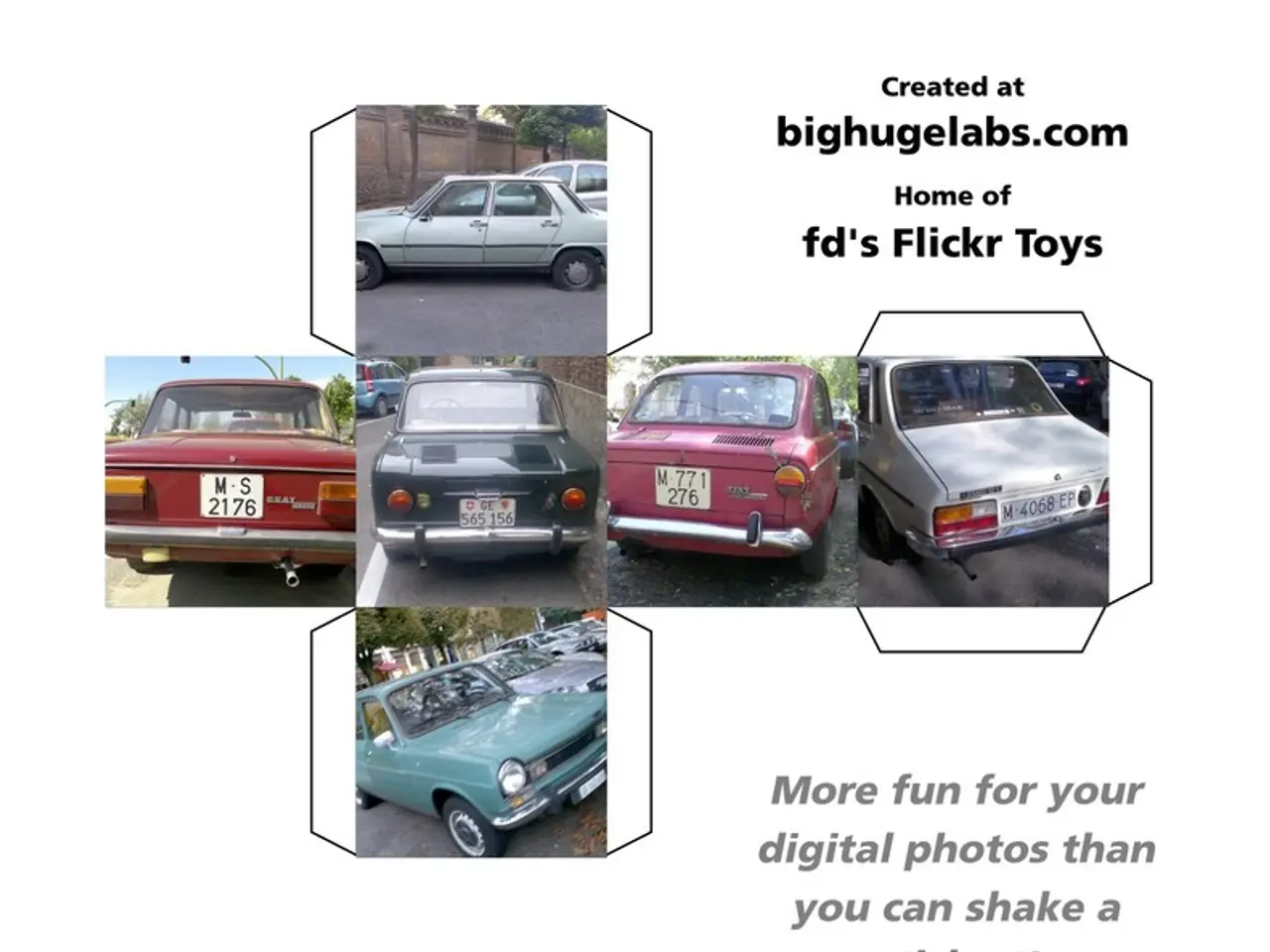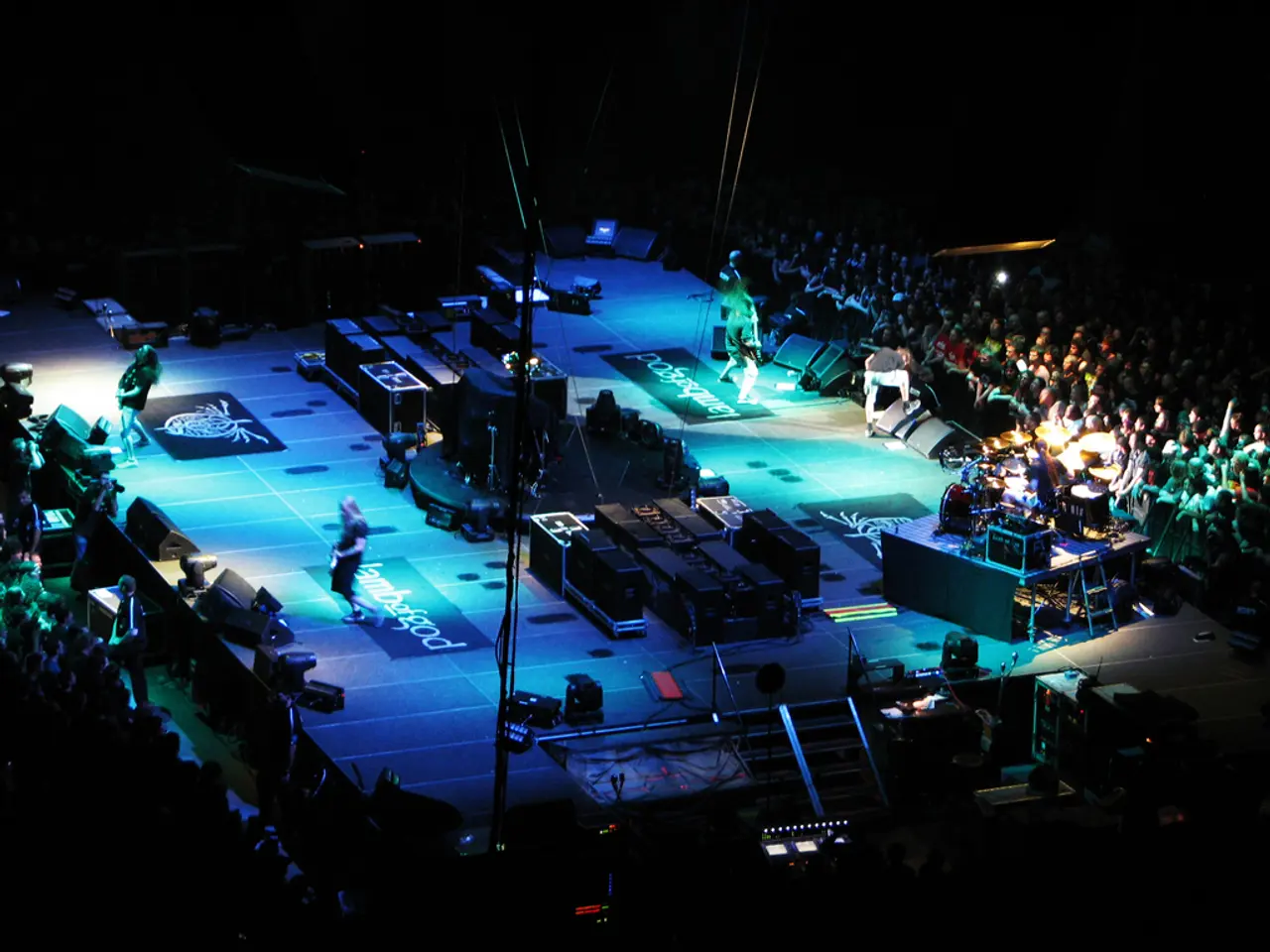Top AV professionals share their preferred movie scenes as a benchmark for your home theater setup
In the quest for delivering the best audio and visual experiences, engineers from major home cinema brands are turning to a unique set of test scenes and content types. These carefully selected sequences help refine and perfect speakers, AV receivers, and projectors, ensuring they deliver balanced sound, dynamic range, spatial accuracy, and image clarity.
One of the key strategies is to utilise diverse content across genres. By evaluating how products perform with different audio characteristics and dynamics, engineers can ensure their creations cater to a wide range of viewers and listeners. This approach includes action films, sitcoms, concerts, and dialogue-driven dramas.
Specific demo clips are also crucial for testing immersive audio formats and spatial layering. Sequences showcasing surround sound effects, bass response, and Dolby Atmos height channels are particularly important in assessing a system's ability to handle these complex audio elements.
Scenes with fine audio details, such as mechanical noises, ambient sounds, and subtle audio cues, are preferred for stress-testing soundbars and surround systems. For example, intricate sounds from the Star Wars series, like clicks, clanks, and hissing steam, are popular choices.
Dynamic audio scenes, featuring a wide range of loudness from quiet whispers to sudden loud noises, are used to test a system's dynamic range and transient response. This ensures the system can handle sudden changes without distortion.
Engineers also utilise lossless and high-resolution audio materials to check how well the system delivers audio quality across various compression levels. This testing can be done using Blu-ray discs with lossless audio, high-res music tracks, and compressed streaming audio.
In terms of testing environments and technologies, systems are often tested in appropriately sized rooms to match their intended consumer use. For instance, medium-sized home offices for smaller systems and larger living rooms for full-sized setups. Some brands may also use advanced immersive environments like the Cave Automatic Virtual Environment (CAVE), which uses multiple projected displays and surround sound to simulate real-world conditions, allowing engineers to evaluate prototypes and products without needing physical models.
Iconic movies with complex sound design, such as Star Wars, are frequent go-to references because they contain a broad palette of audio effects that stress-test speakers and AV receivers for realism, clarity, and spatial accuracy. The opening sequence of Mad Max: Fury Road, for example, is room-filling and full of spatial cues, even on a regular non-Atmos system.
Other movies, like The Dark Knight, Mission Impossible (Rogue Nation), Unbroken, Baby Driver, Oblivion, The Greatest Showman, 2001: A Space Odyssey, Donnie Darko, Warfare, Tron Legacy, Lion King (2019 - Live Action), Elvis Presley, and House of Dragon, each offer unique challenges and opportunities for testing and refining home cinema products.
For instance, The Joker's lorry flip scene in The Dark Knight tests the mettle of your speaker system for all-round dynamics, especially during the second bazooka shot and the lorry's front flip. On the other hand, the Meleys' final roar in House of Dragon showcases a system's ability to handle exceptional music design and the roar of a dragon, showcasing each dragon's individual sonic texture and character.
In conclusion, by leveraging a mix of various movie scenes rich in surround sound details, dynamic audio passages, and high-quality audio sources, engineers can closely evaluate and fine-tune home cinema products. This approach ensures that consumers can enjoy an immersive, balanced, and realistic audio-visual experience in their homes.
- During the process of developing high-fidelity audio products, engineers meticulously examine AV previews of diverse content genres, such as action films, sitcoms, concerts, and dialogue-driven dramas.
- Exclusive demo clips are essential for assessing the capabilities of immersive audio formats and spatial layering, focusing on sequences that demonstrate surround sound effects, bass response, and Dolby Atmos height channels.
- To stress-test soundbars and surround systems, engineers choose sequences with finely detailed audio, like mechanical noises, ambient sounds, and subtle audio cues, such as those from the Star Wars series.
- To test dynamic audio scenes, systems are subjected to content with a wide range of loudness levels, from quiet whispers to sudden large noises, ensuring the system's ability to handle sudden changes without distortion.
- To assess a system's performance with various audio compression levels, engineers utilize lossless and high-resolution audio materials, like Blu-ray discs with lossless audio, high-res music tracks, or compressed streaming audio.
- Some brands conduct tests in appropriately sized environments that match the intended consumer use, like home offices or living rooms, while others use advanced technologies such as the Cave Automatic Virtual Environment (CAVE) for a more accurate evaluation of prototypes and products.








